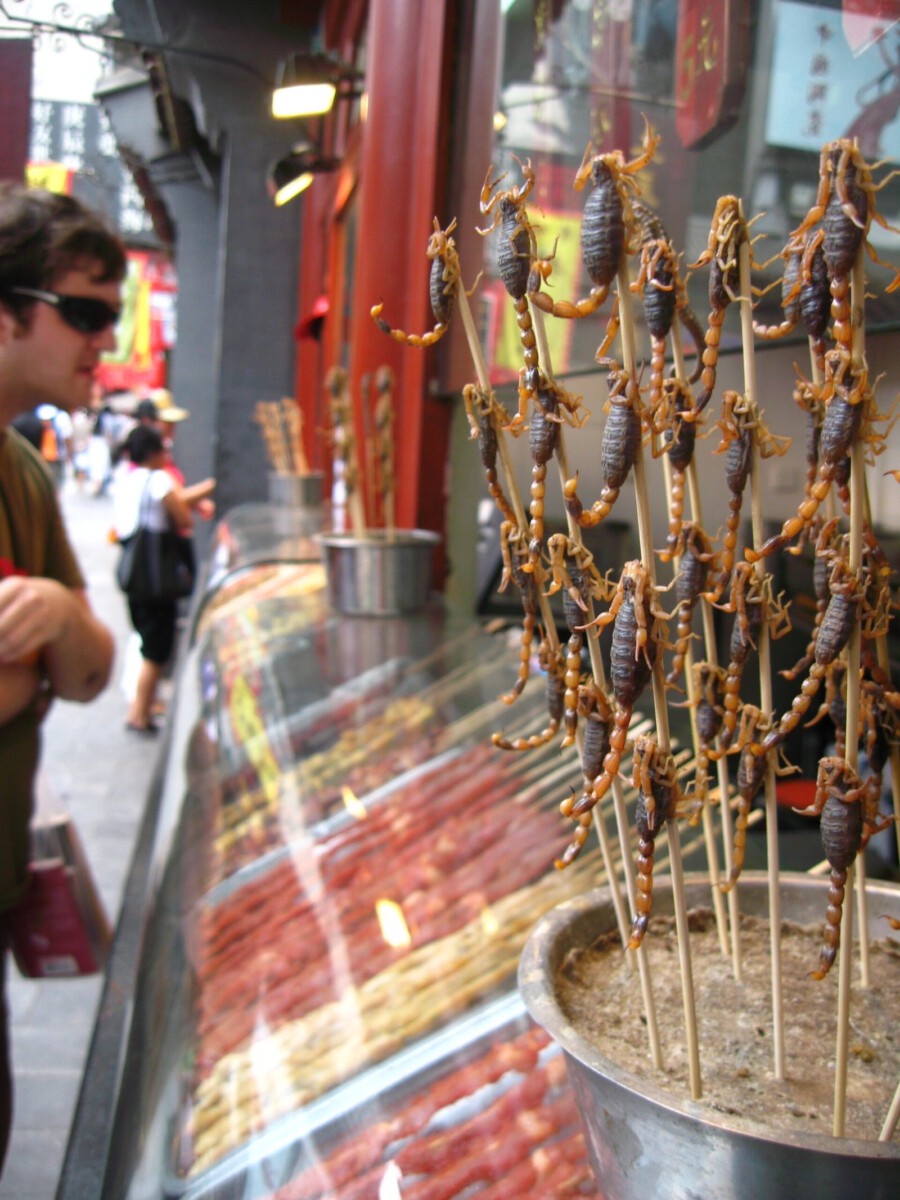Scorpions on a Stick

Crunchy, savory, and downright daring, scorpions on a stick are one of the boldest street snacks you’ll encounter in China’s bustling night markets. In places like Beijing and Xi’an, rows of live scorpions wiggle on skewers before being plunged into hot oil and fried to a golden crisp. For many visitors, the experience is as much about the thrill as the flavor. Despite their intimidating appearance, these critters are rich in protein and minerals. Traditional Chinese medicine has long praised scorpions for their supposed health benefits, including pain relief and improved circulation. A skewer typically costs between 10 and 20 yuan, making it an affordable adventure for curious eaters. Locals and tourists alike snap photos—sometimes before daring each other to take the first crunchy bite.
Fried Silk Worms
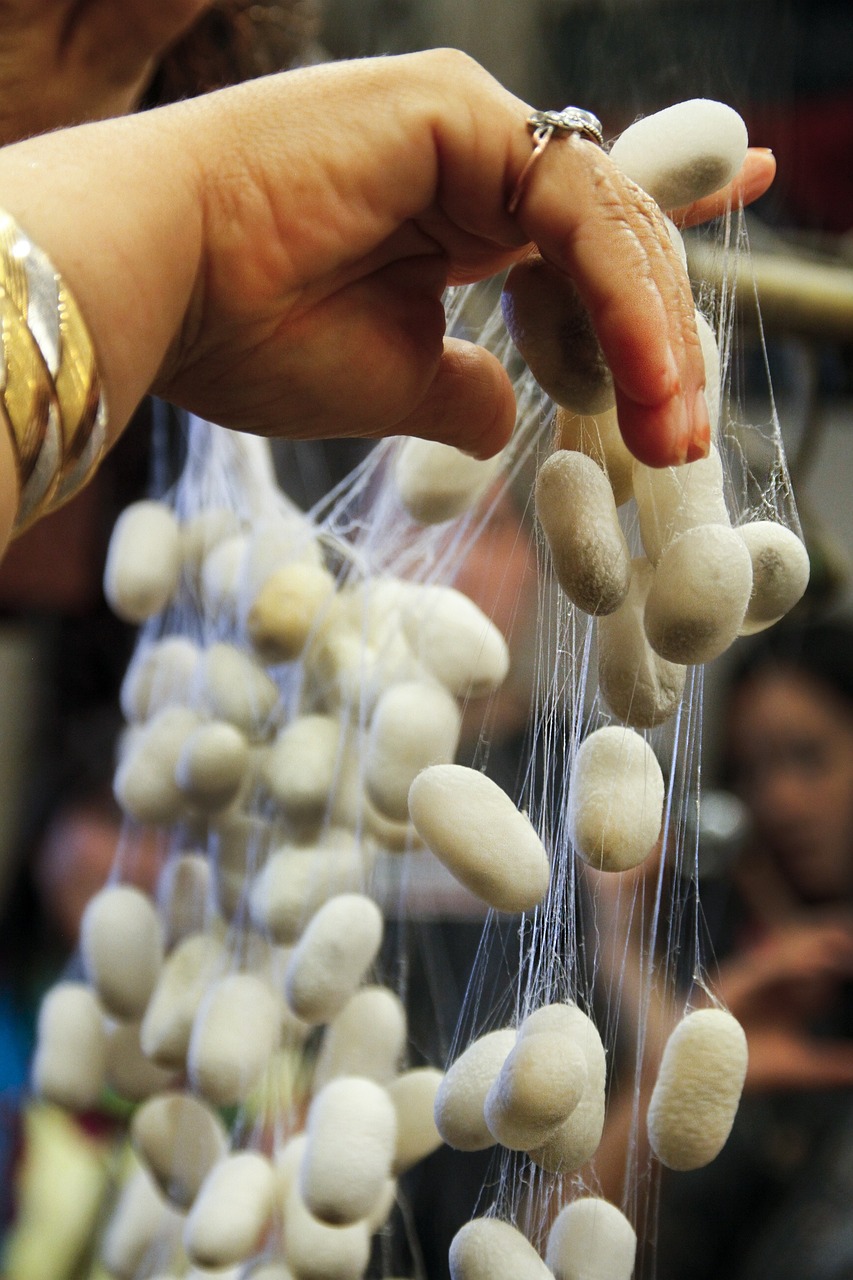
Fried silk worms, known locally as “sang zhi,” are another street food that often surprises newcomers. Vendors scoop up heaps of seasoned, deep-fried larvae and serve them in paper cones or plastic cups. The flavor is nutty, with a texture that’s both crispy and slightly chewy. For many Chinese people, silk worms are comfort food, reminiscent of childhood treats. At about 5 to 10 yuan per serving, these insects are a cheap, protein-packed snack. Recent sustainability research even highlights silk worms as an eco-friendly food source, appealing to environmentally conscious eaters. Adventurous tourists who try them often say the taste is far milder than they expected, with some even going back for seconds.
Stinky Tofu
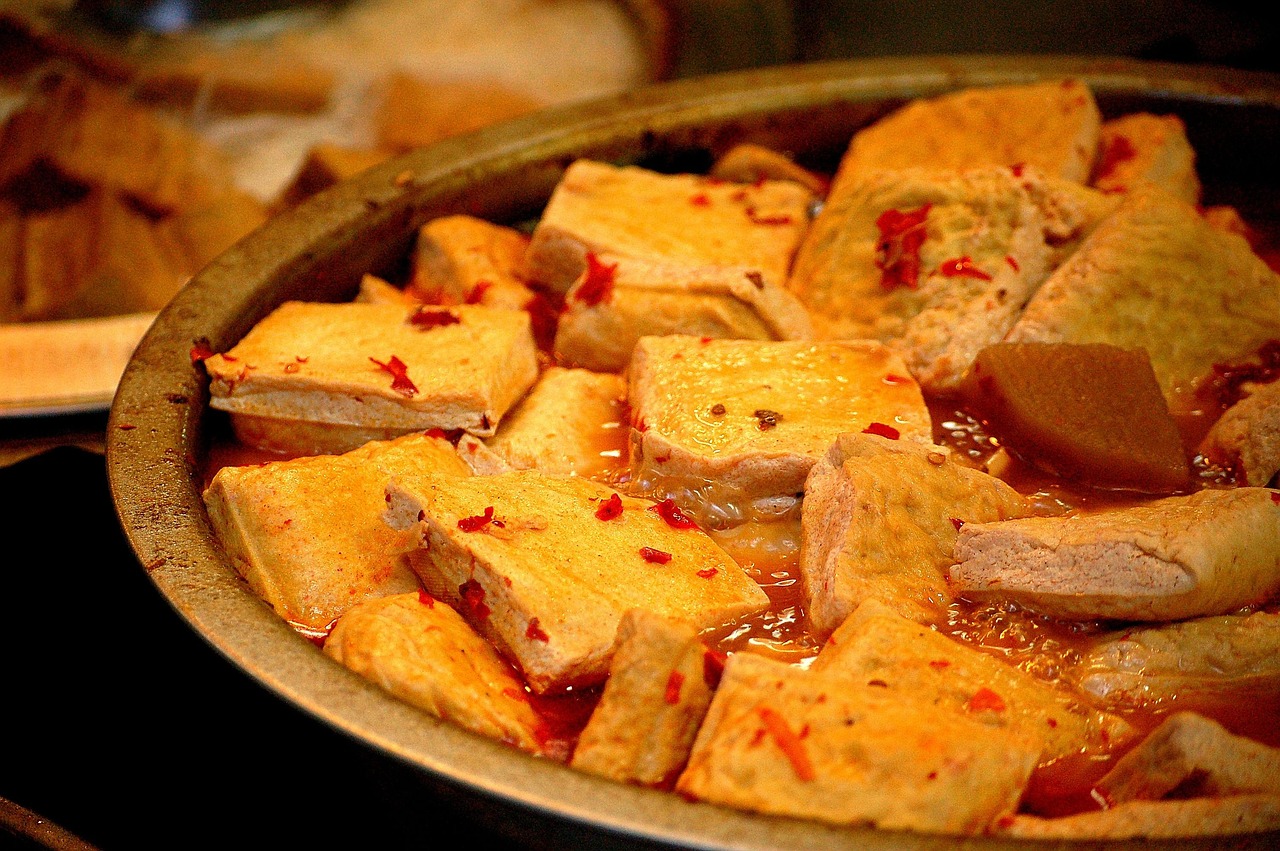
Few street foods in China provoke as strong a reaction as stinky tofu, or “chou doufu.” The smell is so pungent that you’ll likely smell it before you see it—some describe it as a blend of blue cheese and overripe garbage. Yet for many, the taste is addictive: crispy on the outside, silky within, and bursting with umami. It’s usually served with chili sauce, pickled cabbage, or sometimes a sweet soy drizzle. Vendors typically charge between 10 and 30 yuan for a portion. Stinky tofu is celebrated for its probiotic content, which can aid digestion and boost gut health according to recent studies. Locals in Shanghai and Changsha swear by this snack, and foodies flock to night markets just to sample the infamous delicacy.
Century Eggs
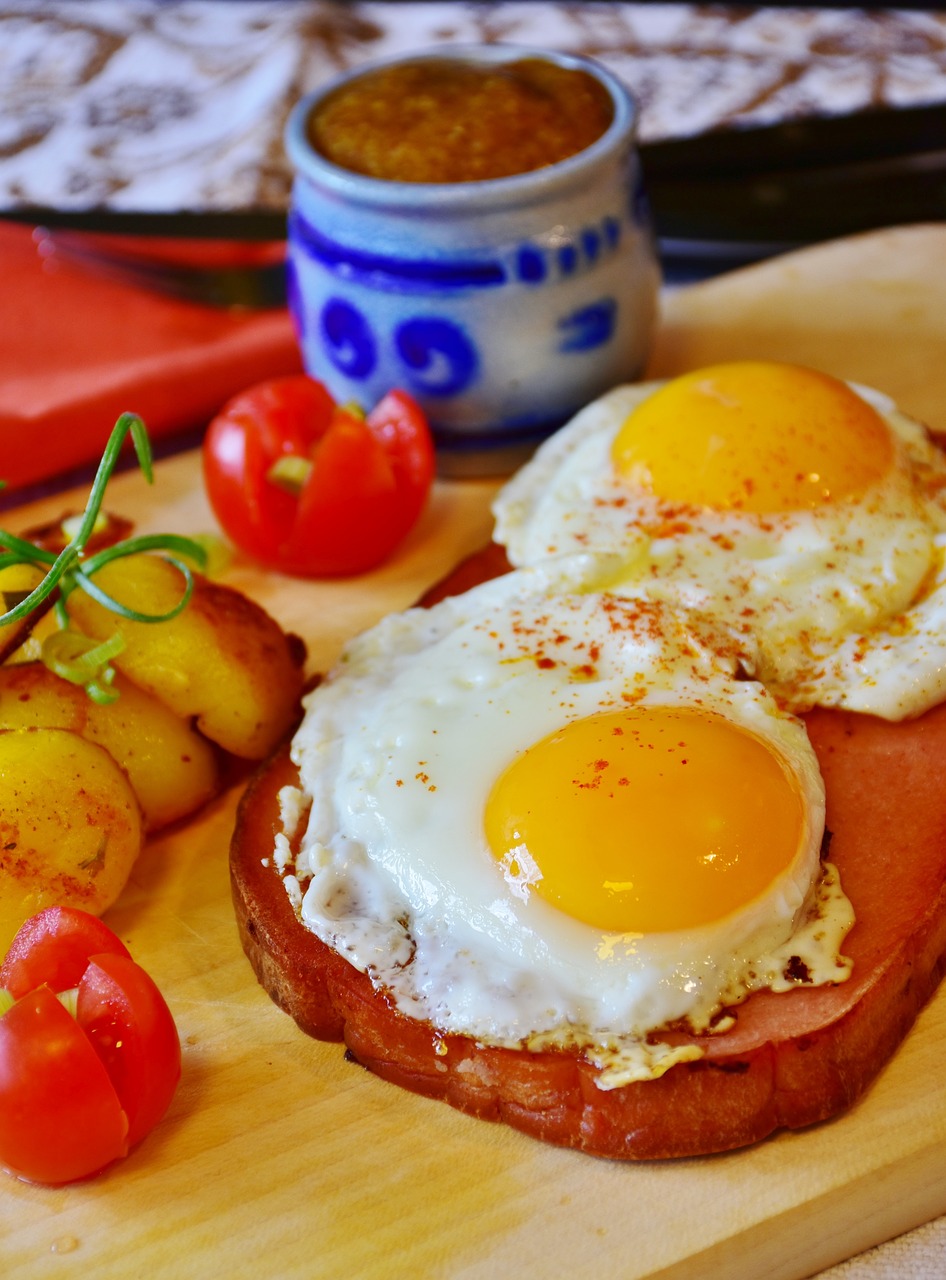
Century eggs, sometimes called “thousand-year eggs,” are duck, chicken, or quail eggs preserved in a mix of clay, ash, and quicklime for weeks or even months. The result is a striking transformation—whites turn dark brown and gelatinous, while the yolk becomes creamy and greenish-black. The flavor is bold and slightly sulfurous, with a touch of earthiness. Century eggs are often served sliced atop chilled tofu or congee, and sometimes paired with pickled ginger. Prices at street stalls and small restaurants range from 5 to 15 yuan per egg. Some nutrition studies point to their antioxidant properties, making them more than just a culinary dare. Despite their unusual look, these eggs remain a beloved staple in Chinese cuisine.
Grilled Snake
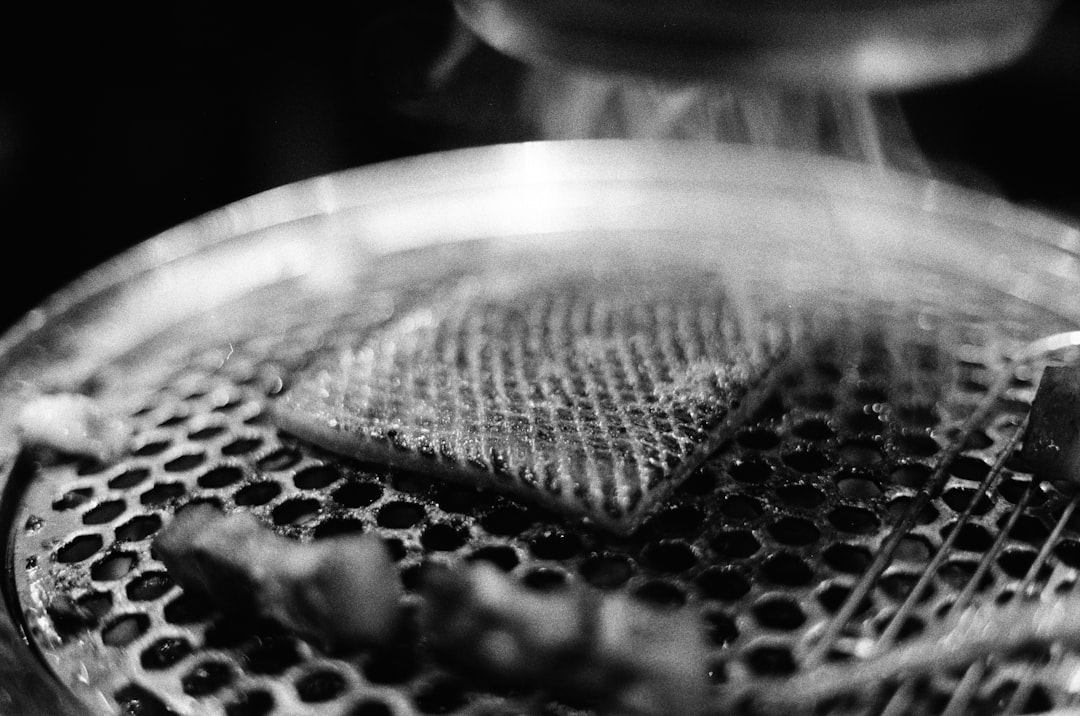
In southern China, especially provinces like Guangdong and Guangxi, grilled snake is a rare treat for the adventurous. Street vendors expertly skin and marinate the snake before grilling it over open flames, resulting in meat that’s tender, smoky, and somewhat reminiscent of chicken with a hint of fish. The price varies widely, from 30 to 100 yuan depending on the species and size. Local tradition holds that snake meat can boost energy and improve blood circulation, and some believe it has aphrodisiac properties. While grilled snake is not as common as some other street foods, it’s definitely an attention-grabber, drawing curious crowds and brave tasters. Eating snake is often seen as a way to test one’s courage and experience something truly unique.
Deep-Fried Tarantulas
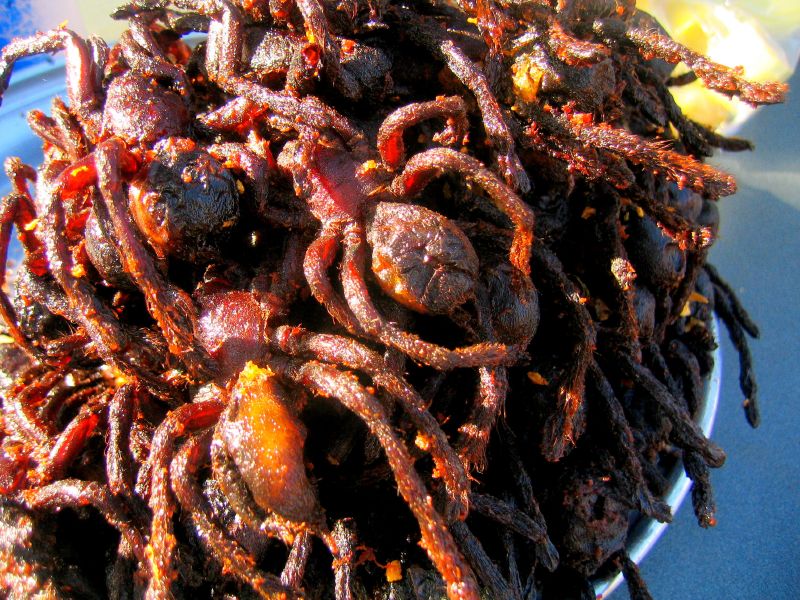
Yes, they really do exist in China—deep-fried tarantulas are a true test of bravery. Found mainly in the northwest, vendors catch these large spiders, deep-fry them, and serve them with salt or spices. The legs are crispy, while the body is said to have a soft, crab-like taste. At 20 to 50 yuan per serving, they’re not the cheapest snack, but they are certainly a talking point. Nutritional analysis shows tarantulas are high in protein and contain beneficial micronutrients. While some people balk at the idea, others are fascinated by the chance to try something so out of the ordinary. For many, it’s more about the thrill and the story than the flavor itself.
Chicken Feet
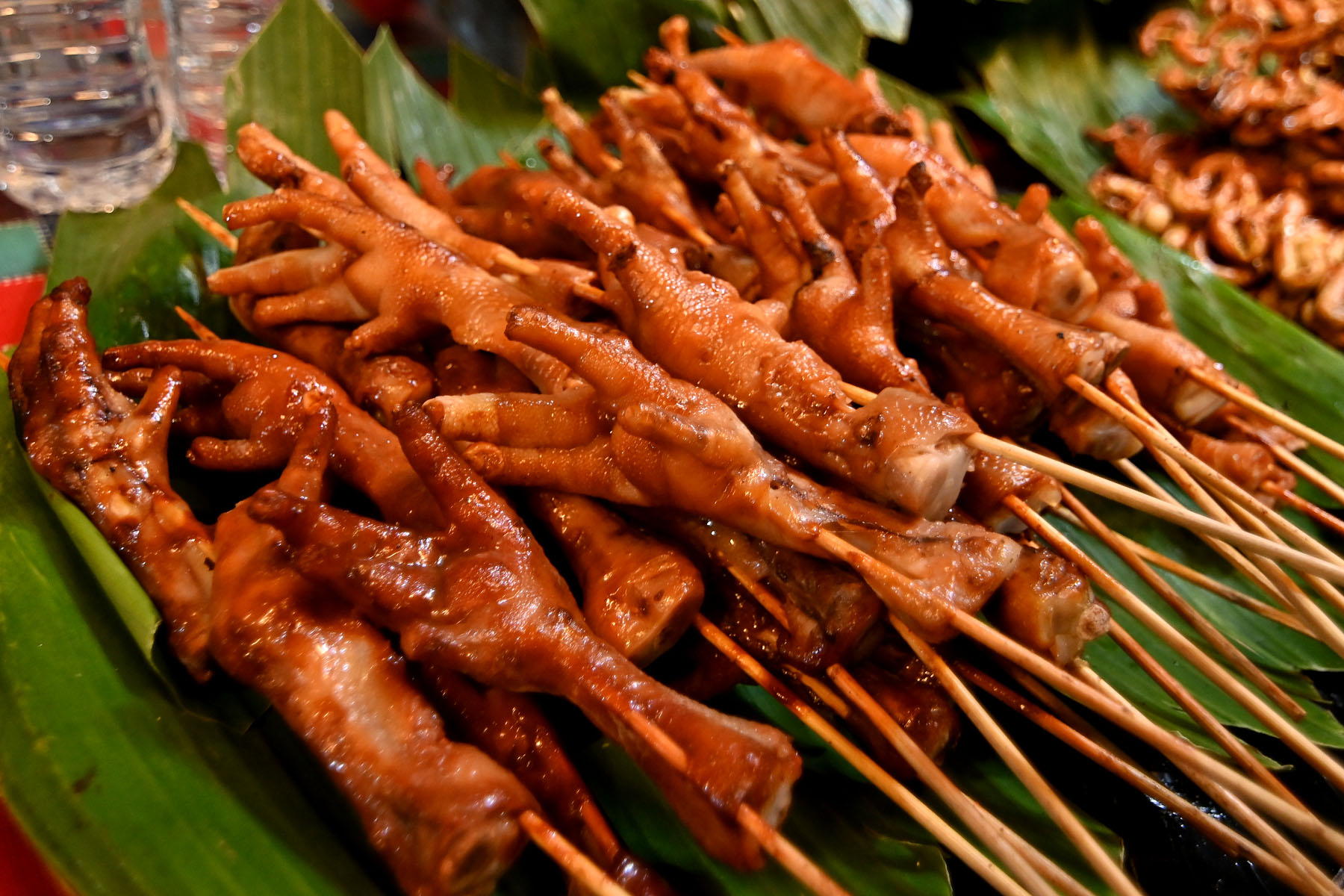
Chicken feet, or “feng zhua,” are a staple in Chinese street food culture, adored for their gelatinous, chewy texture. They’re often braised in soy sauce, star anise, and chili or served marinated in vinegar and spices. Vendors sell them as snacks at 10 to 20 yuan per portion, and they’re a common sight at dim sum as well. Rich in collagen, chicken feet are believed to promote skin health and joint flexibility. Despite their odd appearance, they’re surprisingly flavorful and have become popular even among younger generations. Many visitors are hesitant at first but quickly discover why locals love this dish—it’s all about savoring the flavors and textures.
Fried Grasshoppers

Fried grasshoppers are another insect delicacy for the brave. Vendors season these crunchy bugs with chili, garlic, or soy sauce before deep-frying them to perfection. The result is a savory snack that’s both high in protein and low in fat, making it a favorite among health-conscious eaters. Grasshoppers are typically sold for 10 to 20 yuan per serving, much like other insect-based snacks. Nutritionists highlight their high iron and vitamin content, which has led to increased interest in edible insects worldwide. In China’s markets, fried grasshoppers attract both curious tourists and locals looking for a protein boost. The initial shock quickly fades for many, replaced by surprise at how tasty these insects can be.
Duck Blood Soup
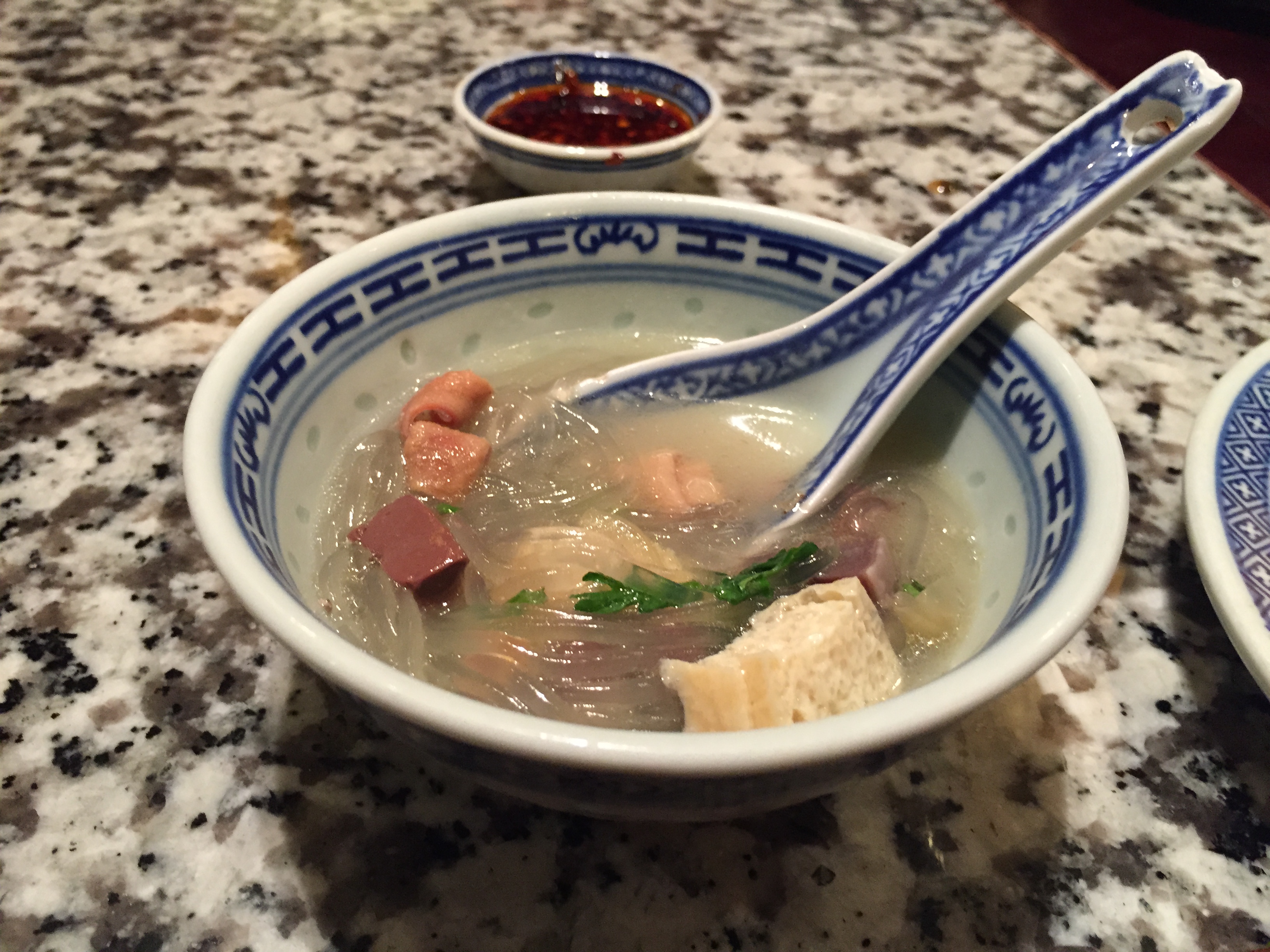
Duck blood soup, or “yā xiě tāng,” is a specialty in cities like Nanjing. The soup features cubes of congealed duck blood simmered in a flavorful broth with tofu, vermicelli, and sometimes offal. The texture is soft and silky, and the flavor is rich and slightly metallic, similar to liver. A bowl typically costs around 15 to 30 yuan. Duck blood is considered a good source of iron and is thought to help build strength, especially in colder months. While the idea of eating blood may sound shocking, this dish is both nutritious and steeped in local tradition. For many, it’s a warming comfort food that’s perfect for chilly nights.
Rabbit Head
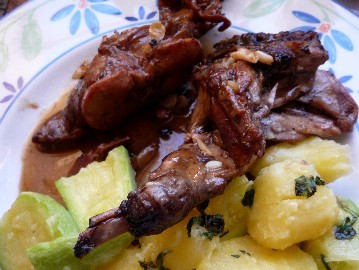
Chongqing and Sichuan are famous for their spicy rabbit head (“tu tou”), a street food that’s not for the faint of heart. Vendors braise the entire head in a fiery mix of chilies, Sichuan peppercorns, and spices, then serve it whole for diners to pick apart with their hands. Eating rabbit head is all about savoring the rich, spicy flavors and the tender cheek meat. It usually costs between 20 and 40 yuan, and it’s especially popular as a late-night snack. Locals claim the dish is packed with flavor and collagen, making it both a tasty and texturally interesting treat. Rabbit head is a social dish, enjoyed by groups of friends over lively conversation.
Sea Horse on a Skewer
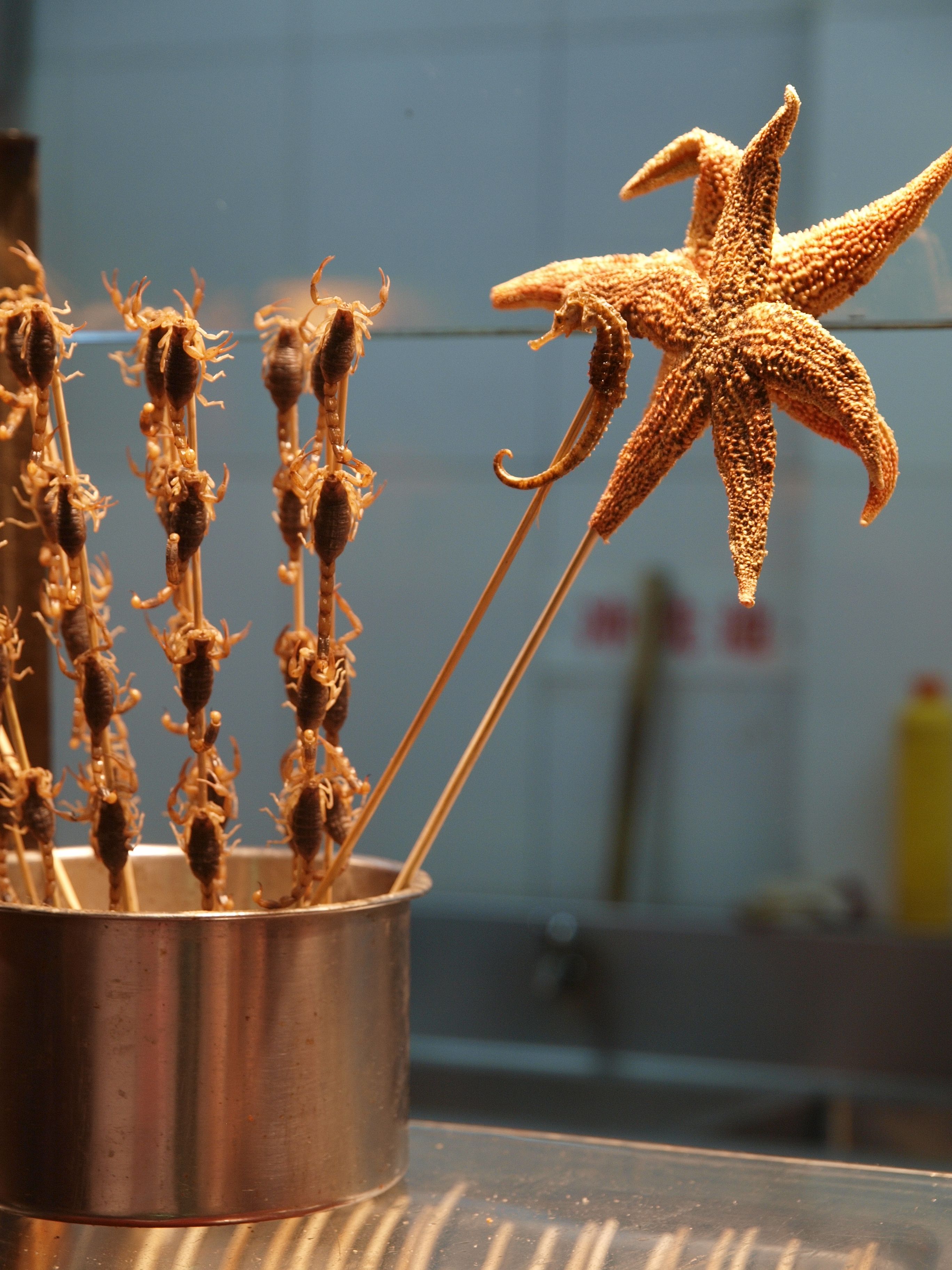
Sea horse skewers are a rare but eye-catching street food found in some coastal cities and tourist hotspots. The sea horses are dried, skewered, and sometimes lightly grilled before being sold for 30 to 60 yuan each. While not known for their flavor—most describe the taste as salty and chewy—they are prized in traditional Chinese medicine for their supposed health benefits, including boosting kidney function and sexual vitality. Eating sea horse is controversial due to conservation concerns, and some vendors now use replicas or other dried seafood instead. For many, the allure is the novelty and the chance to try something truly unusual.
Pig Brain Soup
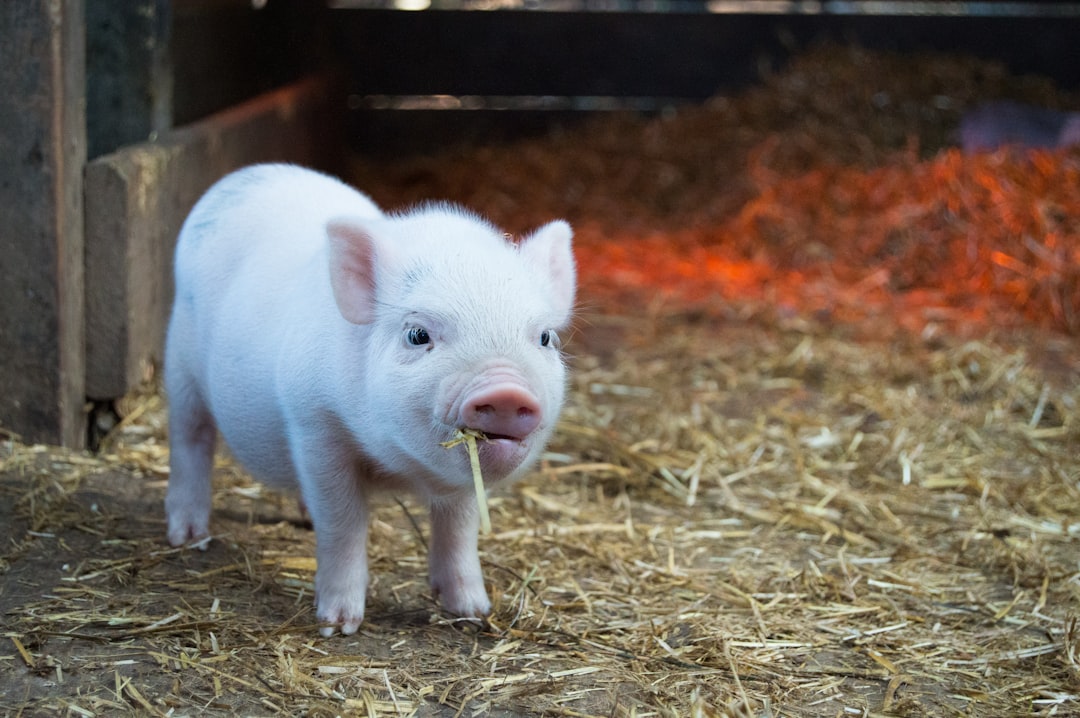
Pig brain soup, called “zhū nǎo tāng,” is a dish that pushes boundaries for many eaters. The brain is simmered in a mild, milky broth with ginger, scallions, and sometimes tofu, creating a creamy texture that’s surprisingly delicate. A bowl costs about 25 to 40 yuan and is often consumed for its supposed brain-boosting properties. Some nutritionists point out that pig brain is rich in omega-3 fatty acids and vitamins, though it’s also high in cholesterol. In some regions, eating organ meats is seen as a way to honor the whole animal and prevent waste. While it may seem shocking at first, locals value pig brain soup for its soft texture and subtle flavor.

